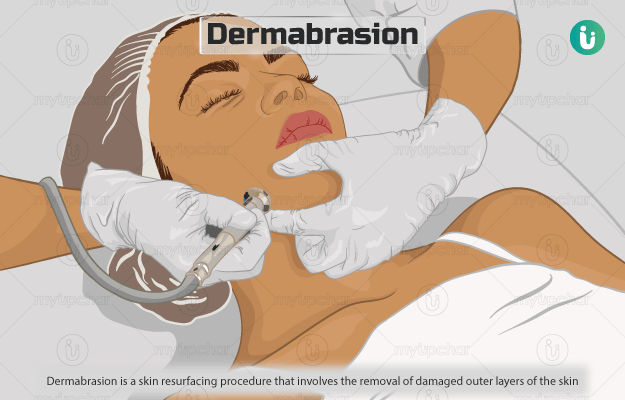Summary
Dermabrasion is a skin resurfacing procedure wherein the scarred or wrinkled outer layers of the skin are removed with the help of a high-speed rotating tool with an abrasive end piece (a wire brush or wheel embedded with diamond particles). The device injures and scrapes the damaged skin to allow the growth of new, healthy skin.
Dermabrasion can be done on any area of the skin; however, it is usually done on the face (either a small patch or entire face). The procedure lasts from a few minutes to more than 90 minutes. You will most likely be discharged on the same day.
A new, healthy, smooth skin layer will form over the treated skin in about seven to 10 days. You will be able to resume work two weeks after the procedure. Exposure to the sun after dermabrasion should be avoided or kept at a minimum as it can affect healing and lead to complications.










































